The Healthiest Berries to Grow in Your Garden
Published: August 28, 2025 at 10:12:47 AM UTC
Growing your own berries is one of the most rewarding gardening experiences. Not only do homegrown berries taste infinitely better than store-bought options, but they're also at their nutritional peak when freshly picked. From antioxidant-rich blueberries to vitamin-packed strawberries, your backyard can become a natural pharmacy of delicious, health-boosting fruits. In this guide, we'll explore the healthiest berries to grow in your garden, their specific nutritional benefits, and how to cultivate them successfully. Whether you have acres of land or just a few containers on your patio, there's a nutrient-dense berry that can thrive in your space.
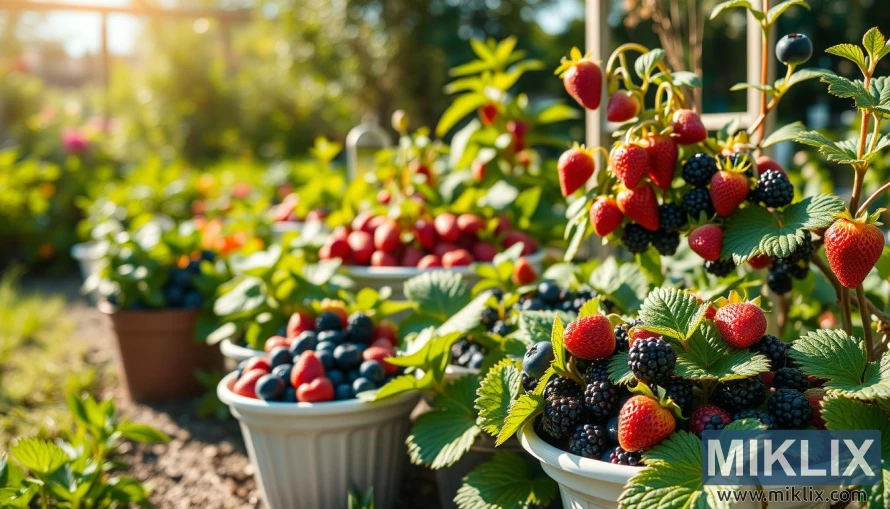
Blueberries: Antioxidant Powerhouses
Blueberries top the list of healthiest berries to grow in your garden, boasting the highest antioxidant content among common fruits. These powerful compounds help fight inflammation and protect against heart disease, cancer, and cognitive decline.
Rich in vitamins C and K, manganese, and dietary fiber, blueberries support immune function, bone health, and digestion. Studies suggest regular consumption may improve memory and delay brain aging.
Growing Requirements:
- Hardiness zones: 3-10 (choose varieties suited to your climate)
- Soil: Acidic (pH 4.5-5.5), well-draining, rich in organic matter
- Sunlight: Full sun (6+ hours daily)
- Water: Consistent moisture, about 1-2 inches weekly
- Space: 4-6 feet between plants (compact varieties available for containers)
Blueberries thrive in raised beds where soil conditions can be easily controlled. They're perennial plants that will produce for 20+ years when properly maintained.
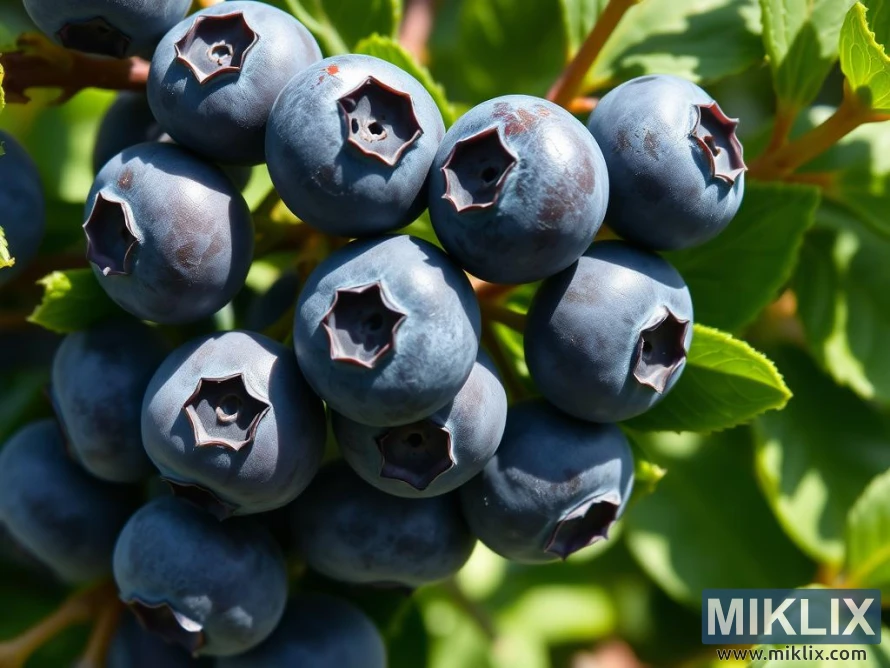
Strawberries: Vitamin C Champions
Strawberries pack more vitamin C than oranges by volume, making them excellent immune system supporters. Just one cup provides 150% of your daily vitamin C needs, along with manganese, folate, and potassium.
These berries contain ellagic acid, which has been shown to have cancer-fighting properties. Their high fiber content supports digestive health, while their natural sweetness makes them perfect for healthy desserts.
Growing Requirements:
- Hardiness zones: 3-10
- Soil: Well-draining, slightly acidic (pH 5.5-6.8), rich in organic matter
- Sunlight: Full sun (at least 6 hours daily)
- Water: 1-2 inches weekly, consistent moisture
- Space: 12-18 inches between plants
Strawberries are perfect for beginners, producing fruit in their first year. Choose between June-bearing (one large harvest), everbearing (two harvests), or day-neutral (continuous fruiting) varieties based on your preferences.
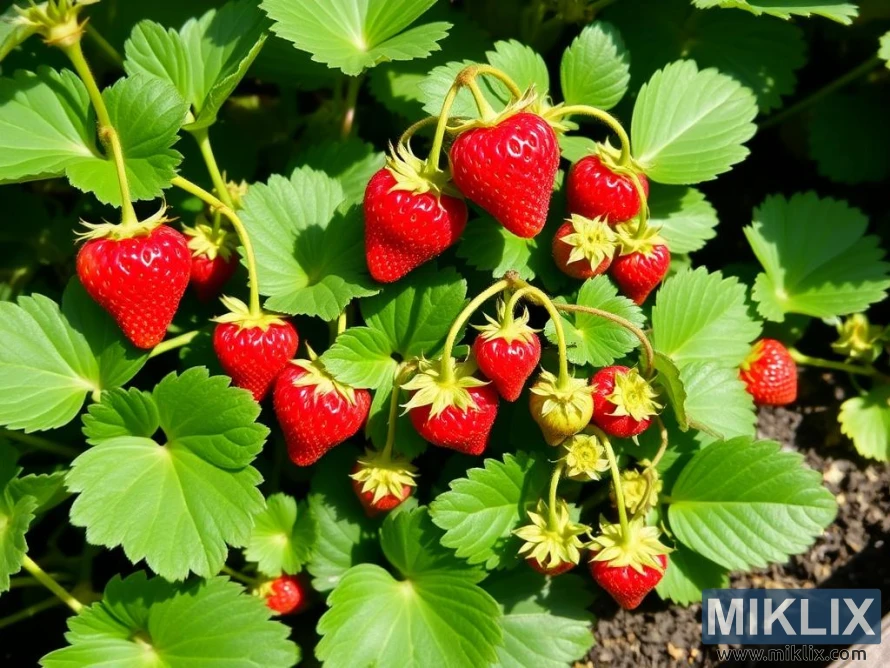
Blackberries: Fiber-Rich Brain Boosters
Blackberries contain some of the highest fiber content among fruits, with 8 grams per cup. They're also packed with vitamins C and K, manganese, and brain-healthy anthocyanins that may improve memory and cognitive function.
These berries have an impressive ORAC value (Oxygen Radical Absorbance Capacity), indicating their strong antioxidant properties. Regular consumption may help reduce inflammation and protect against chronic diseases.
Growing Requirements:
- Hardiness zones: 4-9
- Soil: Well-draining, slightly acidic to neutral (pH 5.5-7.0)
- Sunlight: Full sun to partial shade
- Water: 1-2 inches weekly, consistent moisture
- Space: 3-5 feet between plants (thornless varieties available)
Modern thornless varieties make blackberries much easier to grow and harvest. Consider compact cultivars like 'Baby Cakes' if space is limited.
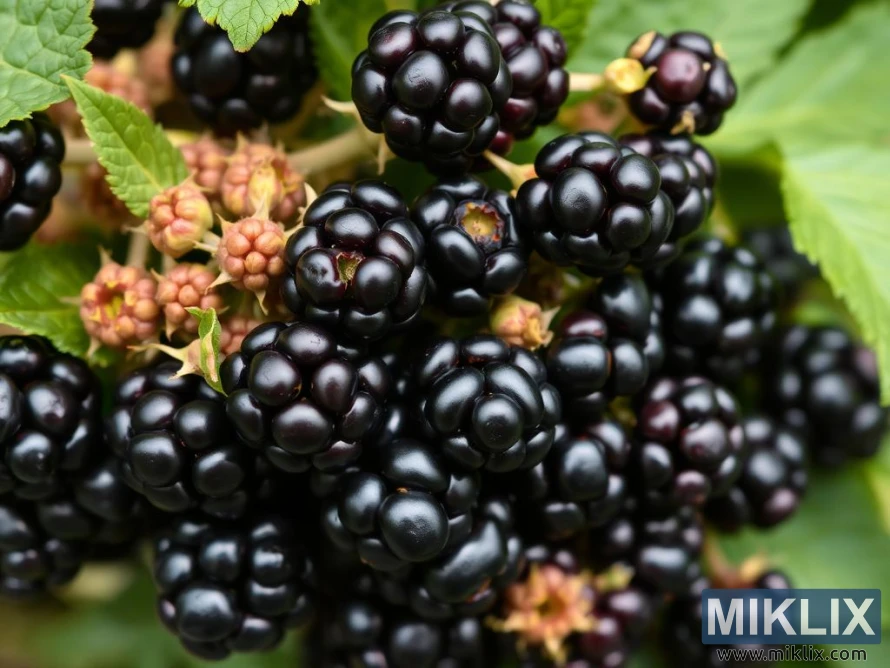
Raspberries: Heart-Healthy Delights
Raspberries contain powerful antioxidants called ellagitannins, which may help reduce oxidative stress and inflammation associated with heart disease. They're also rich in quercetin, a flavonoid that may help lower blood pressure.
With high levels of vitamin C, manganese, and dietary fiber, raspberries support immune function and digestive health. Their low glycemic index makes them suitable for those monitoring blood sugar levels.
Growing Requirements:
- Hardiness zones: 3-9
- Soil: Well-draining, rich in organic matter, pH 5.5-6.5
- Sunlight: Full sun (6+ hours daily)
- Water: 1-2 inches weekly, consistent moisture
- Space: 2-3 feet between plants, rows 6-8 feet apart
Raspberries come in summer-bearing and ever-bearing varieties. The latter produce two crops yearly—one in early summer and another in fall—giving you extended harvests.
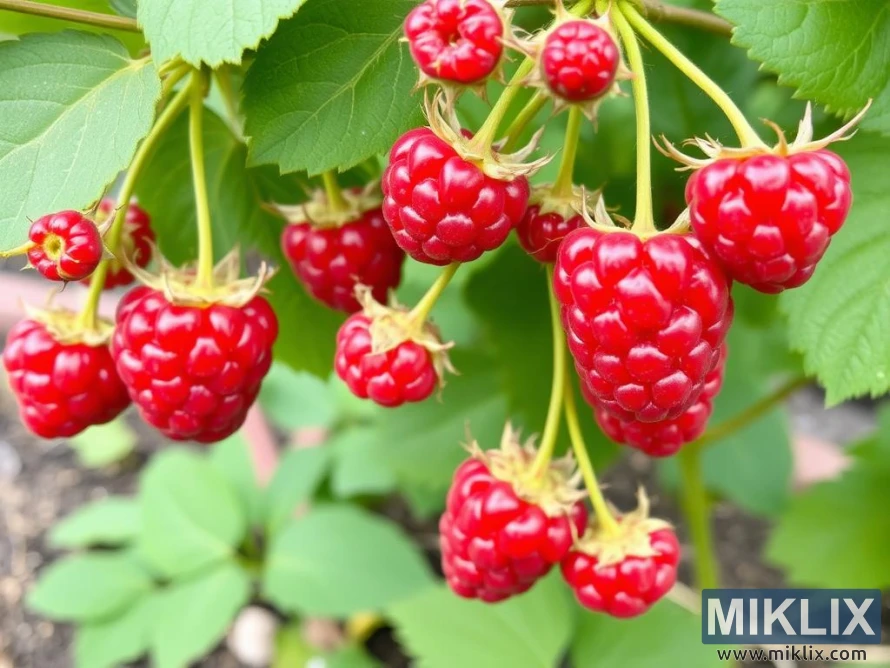
Elderberries: Immune System Allies
Elderberries have been used for centuries as natural immune boosters. They're exceptionally high in vitamin C and antioxidants called anthocyanins, which give them their deep purple color and powerful health benefits.
Research suggests elderberry extract may shorten the duration of colds and flu. These berries also contain quercetin and rutin, which support heart health and reduce inflammation.
Growing Requirements:
- Hardiness zones: 3-9
- Soil: Adaptable to most soils, prefers moist, well-draining
- Sunlight: Full sun to partial shade
- Water: Regular watering, especially during dry periods
- Space: 6-10 feet between plants (can grow quite large)
Important note: Elderberries must be cooked before consumption, as raw berries contain compounds that can cause nausea. The flowers are edible and make delicious syrups and teas.
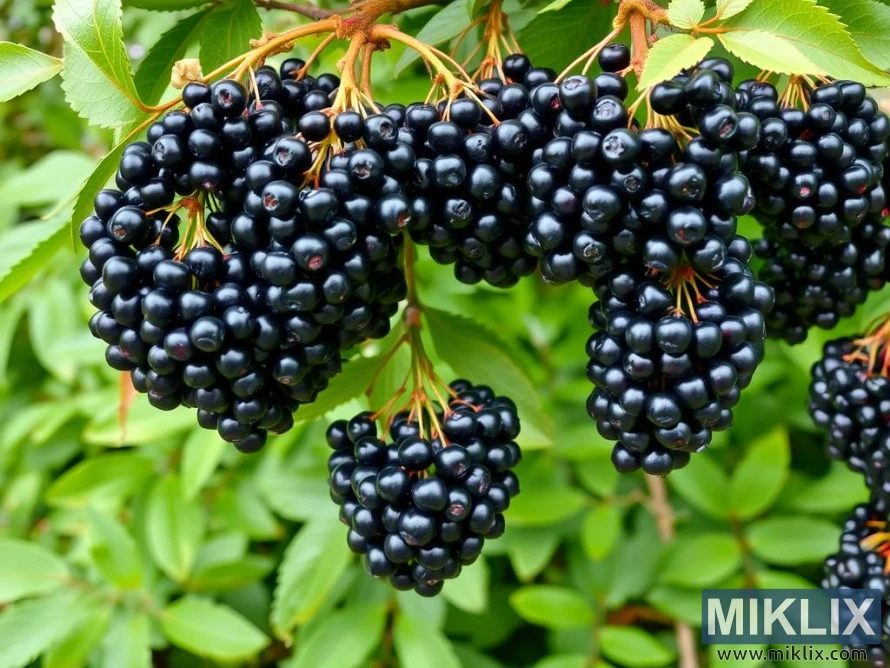
Goji Berries: Longevity Superfood
Goji berries have been used in traditional Chinese medicine for thousands of years. They contain all eight essential amino acids and are rich in vitamins A and C, zinc, iron, and antioxidants.
These berries are known for their high levels of zeaxanthin, which supports eye health and may help prevent age-related macular degeneration. Their complex carbohydrates provide sustained energy without blood sugar spikes.
Growing Requirements:
- Hardiness zones: 5-9
- Soil: Well-draining, slightly alkaline (pH 6.8-8.0)
- Sunlight: Full sun
- Water: Moderate, drought-tolerant once established
- Space: 3-5 feet between plants
Goji plants are actually woody shrubs that can grow 8-10 feet tall but can be pruned to maintain a smaller size. They're relatively easy to grow and begin producing berries in their second or third year.
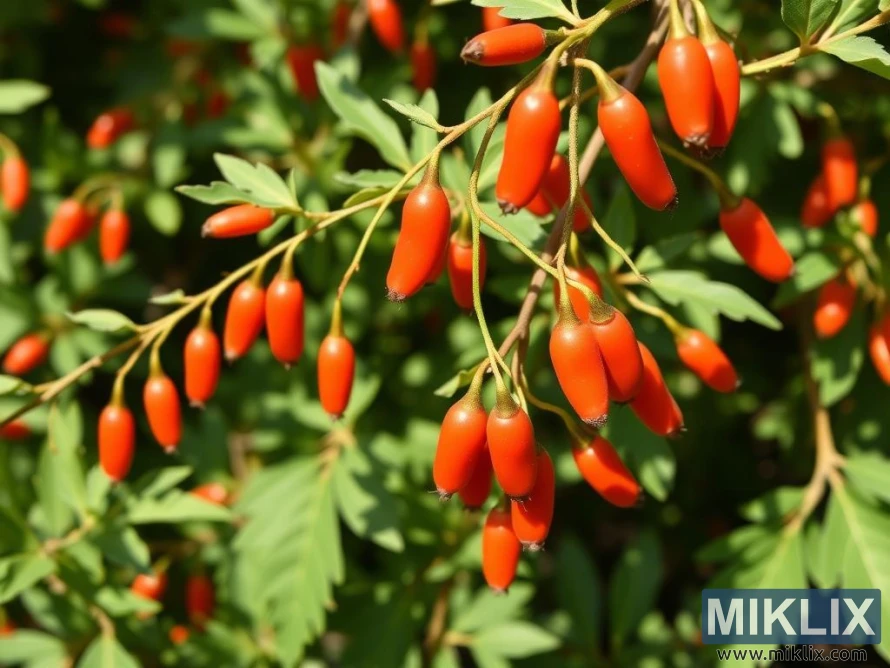
Honeyberries: Early Season Antioxidants
Also known as haskap or blue honeysuckle, honeyberries are among the first fruits to ripen in spring. They contain high levels of anthocyanins and phenolic compounds that support heart health and reduce inflammation.
With more vitamin C than oranges, more potassium than bananas, and a flavor reminiscent of blueberries with hints of raspberry, honeyberries are both nutritious and delicious.
Growing Requirements:
- Hardiness zones: 2-9 (extremely cold hardy)
- Soil: Well-draining, slightly acidic to neutral
- Sunlight: Full sun to partial shade
- Water: Regular moisture, especially when establishing
- Space: 4-5 feet between plants (need at least two different varieties for pollination)
Honeyberries are incredibly cold-hardy and can withstand temperatures as low as -40°F, making them perfect for northern gardens where other berries might struggle.
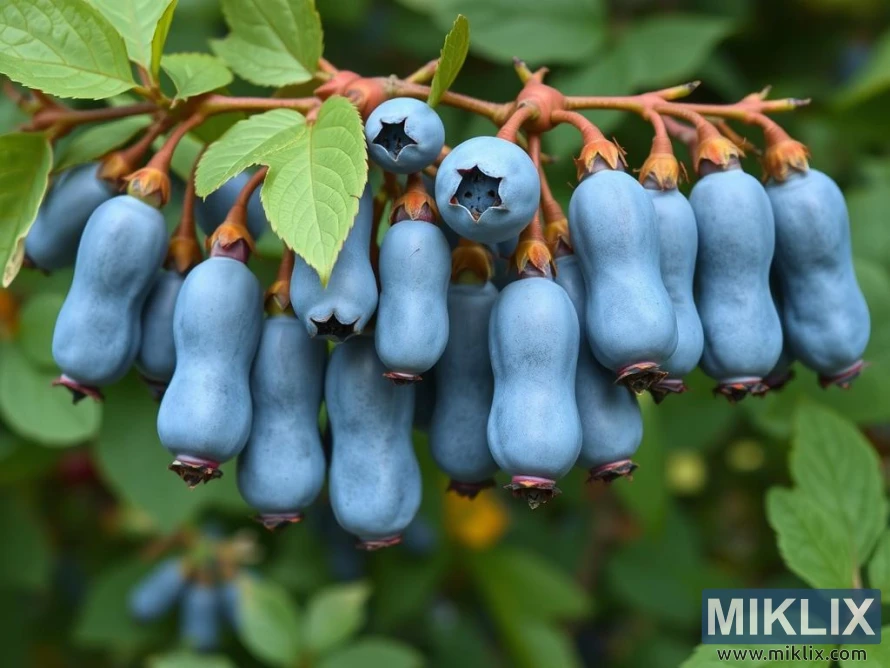
Aronia Berries: Highest Antioxidant Content
Aronia berries (chokeberries) contain the highest measured levels of antioxidants among berries, surpassing even blueberries and elderberries. They're particularly rich in anthocyanins and proanthocyanidins that support cardiovascular health.
These berries have been shown to help regulate blood pressure, improve circulation, and reduce inflammation. Their astringent flavor (hence the name "chokeberry") mellows when cooked or mixed with sweeter fruits.
Growing Requirements:
- Hardiness zones: 3-8
- Soil: Adaptable to most soils, including clay
- Sunlight: Full sun to partial shade
- Water: Moderate, somewhat drought-tolerant once established
- Space: 3-6 feet between plants
Aronia plants are extremely low-maintenance native shrubs that resist most pests and diseases. They produce beautiful white flowers in spring and vibrant red fall foliage, making them ornamental as well as productive.
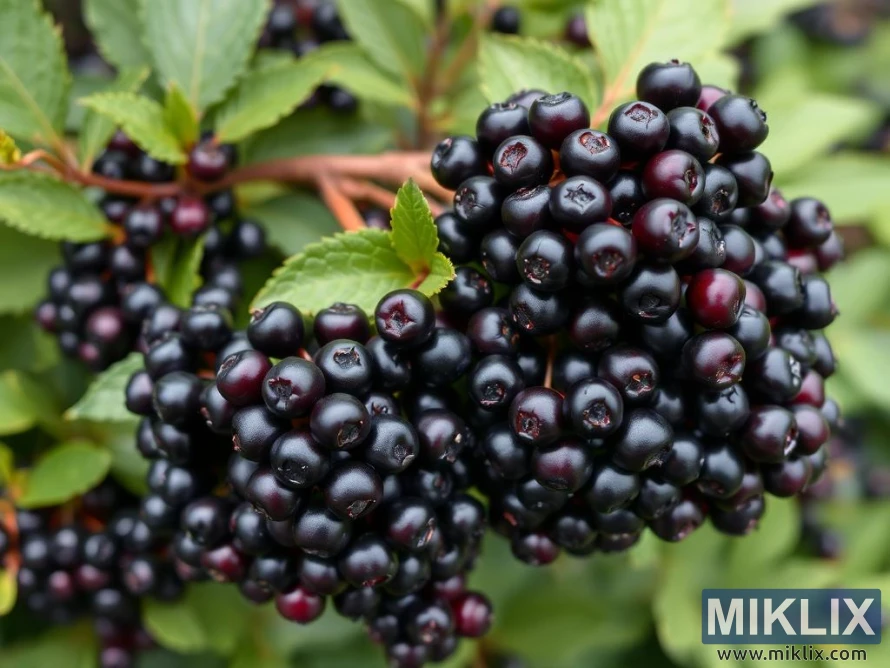
Tips for Growing Healthy Berries
Organic Pest Control
- Plant aromatic herbs like mint, basil, and thyme near berries to repel insects
- Introduce beneficial insects like ladybugs and lacewings to control aphids
- Use floating row covers during peak insect seasons
- Apply neem oil spray for persistent pest issues
- Maintain good air circulation to prevent fungal diseases
Maximizing Your Harvest
- Mulch with pine needles or straw to retain moisture and suppress weeds
- Prune correctly for your berry type (each has different requirements)
- Plant multiple varieties that ripen at different times for extended harvests
- Harvest in early morning when berries are cool and firm
- Consider raised beds for better drainage and soil control
Soil Testing Tip
Before planting any berries, test your soil pH and amend accordingly. Most berries prefer slightly acidic soil (pH 5.5-6.5), with blueberries requiring even more acidity (pH 4.5-5.5). A simple soil test kit from your local garden center can save you years of frustration!
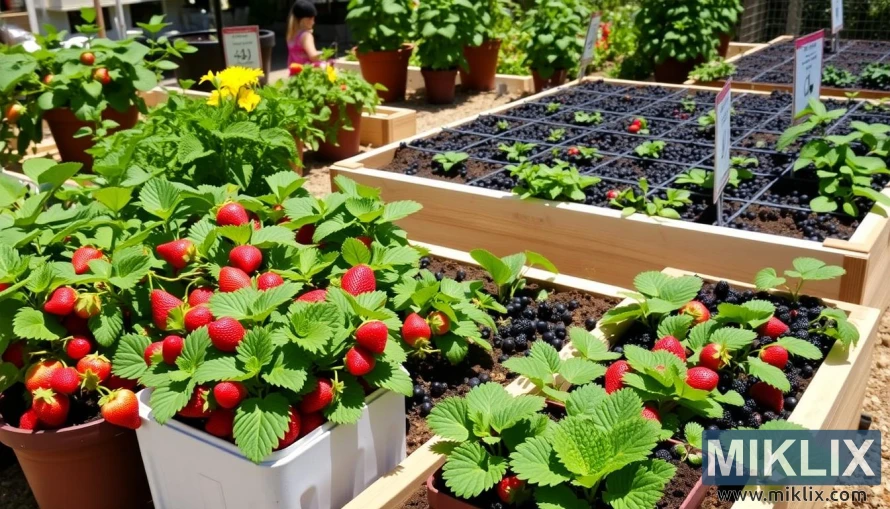
Getting Started with Your Nutrient-Packed Berry Garden
Ready to transform your garden into a nutritional powerhouse? Start with the easiest berries first. Strawberries, blackberries, and elderberries are perfect for beginners, offering quick results and requiring minimal specialized care.
If you're limited on space, consider growing berries in containers. Strawberries thrive in hanging baskets, while newer compact varieties of blueberries and blackberries are specifically bred for container growing.
Remember that most berry plants are perennials that will produce for many years, making them an excellent investment in both your garden and your health. With proper care, you'll enjoy nutrient-dense, homegrown berries from early summer through fall.
Further Reading
If you enjoyed this post, you may also like these suggestions:
- A Guide to the Best Varieties of Serviceberry Trees to Plant in Your Garden
- A Complete Guide to Growing Lemons at Home
- Top 10 Healthiest Vegetables to Grow in Your Home Garden
